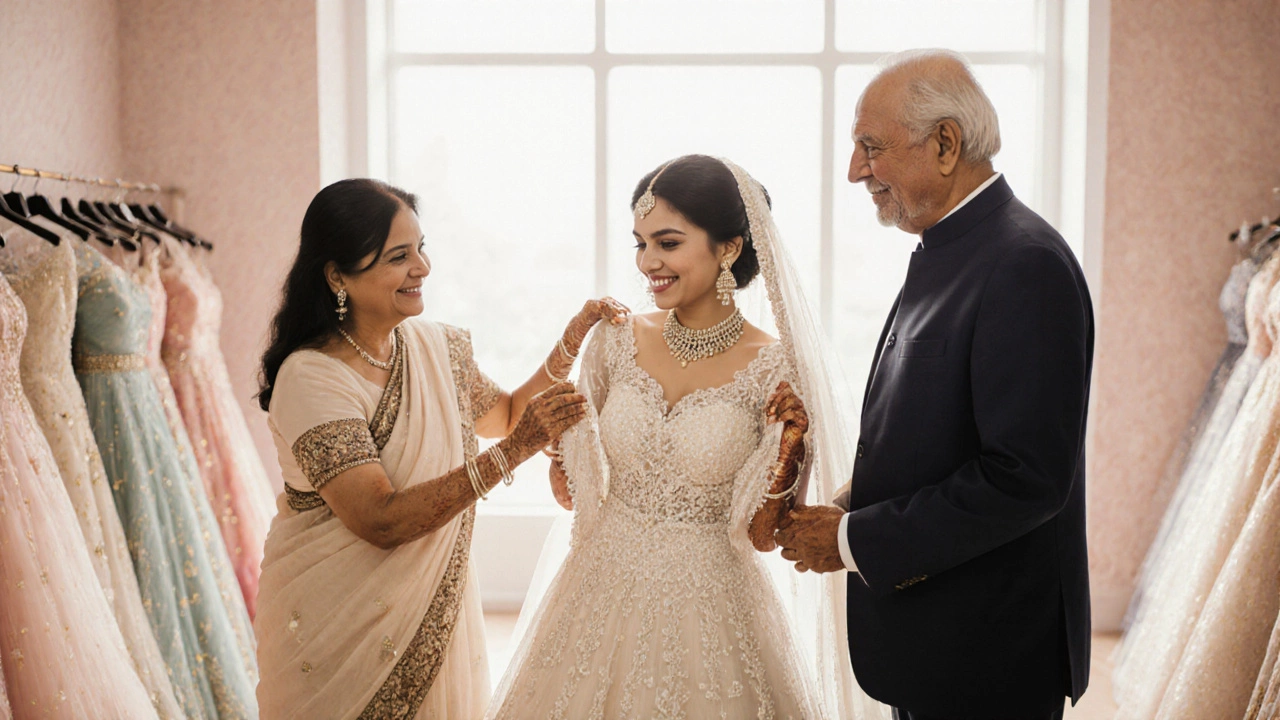SEARCH
wedding cost sharing
When talking about wedding cost sharing, the practice of dividing wedding expenses among families, friends, and the couple. Also known as shared wedding expenses, it helps manage budgets and honor cultural expectations. If you're looking for practical advice on wedding cost sharing, keep reading. This page pulls together the most useful ideas from our guides so you can see how the pieces fit together.
One of the first things to understand is how family contributions, money or in‑kind gifts that relatives give toward the ceremony shape the overall budget. In many Indian wedding customs, older relatives expect to play a big role, which means the total bill can rise quickly if expectations aren't set early. Knowing this, you can use a clear wedding budgeting, a step‑by‑step plan that lists every cost from venue to catering to keep everyone on the same page.
How shared costs affect your honeymoon plans
After the big day, most couples shift focus to honeymoon planning, deciding where to go and how much to spend after the wedding. The amount left over from the shared expense pool often determines the destination you can afford. If families front a larger share of the ceremony, you might have more flexibility for a dream getaway; if contributions are modest, a shorter, budget‑friendly trip makes sense. Linking these stages early helps avoid surprises later.
Start by listing every line item – venue, décor, photographer, catering, attire – and assign a realistic cost. Then, talk openly with both sides of the family about how much each can comfortably contribute. A simple spreadsheet or budgeting app can turn a messy conversation into a clear picture. When everyone sees the numbers, it’s easier to negotiate who covers what and where compromises are possible.
Remember that cultural expectations include more than cash. Some relatives prefer to give gold jewelry, others offer to host pre‑wedding rituals. These in‑kind contributions count toward the total, so factor them into your calculations. By treating them as monetary equivalents, you keep the budgeting process honest and transparent.
A common pitfall is letting the excitement of the wedding eclipse the practical side of finances. When costs spiral, couples often end up borrowing or dipping into emergency funds, which adds stress to the newly married life. To avoid this, set a hard ceiling for total expenses before you start booking vendors. Use your wedding budgeting plan to compare each vendor’s quote against the ceiling and be ready to walk away if the price doesn’t fit.
Indian wedding customs also influence timing. Many ceremonies stretch over several days, each with its own cost. Breaking the overall budget into daily segments helps families see where their contributions go and prevents a single day from blowing the whole budget. This granular view aligns with the idea of shared expenses – everyone knows exactly what their money supports.
All these pieces – family contributions, clear budgeting, cultural norms, and post‑wedding travel – weave together into a smooth planning experience. Below you’ll find articles that dive deeper into each topic, from detailed cost breakdowns to real‑world examples of families who nailed the shared expense model. Use them as a toolbox to shape your own celebration without financial strain.

Who Pays for the Wedding Dress? A Practical Guide to Funding Your Dream Gown
Find out who traditionally pays for a wedding dress, how modern couples split the cost, and get a practical budgeting checklist to avoid awkward money talks.
Continue reading